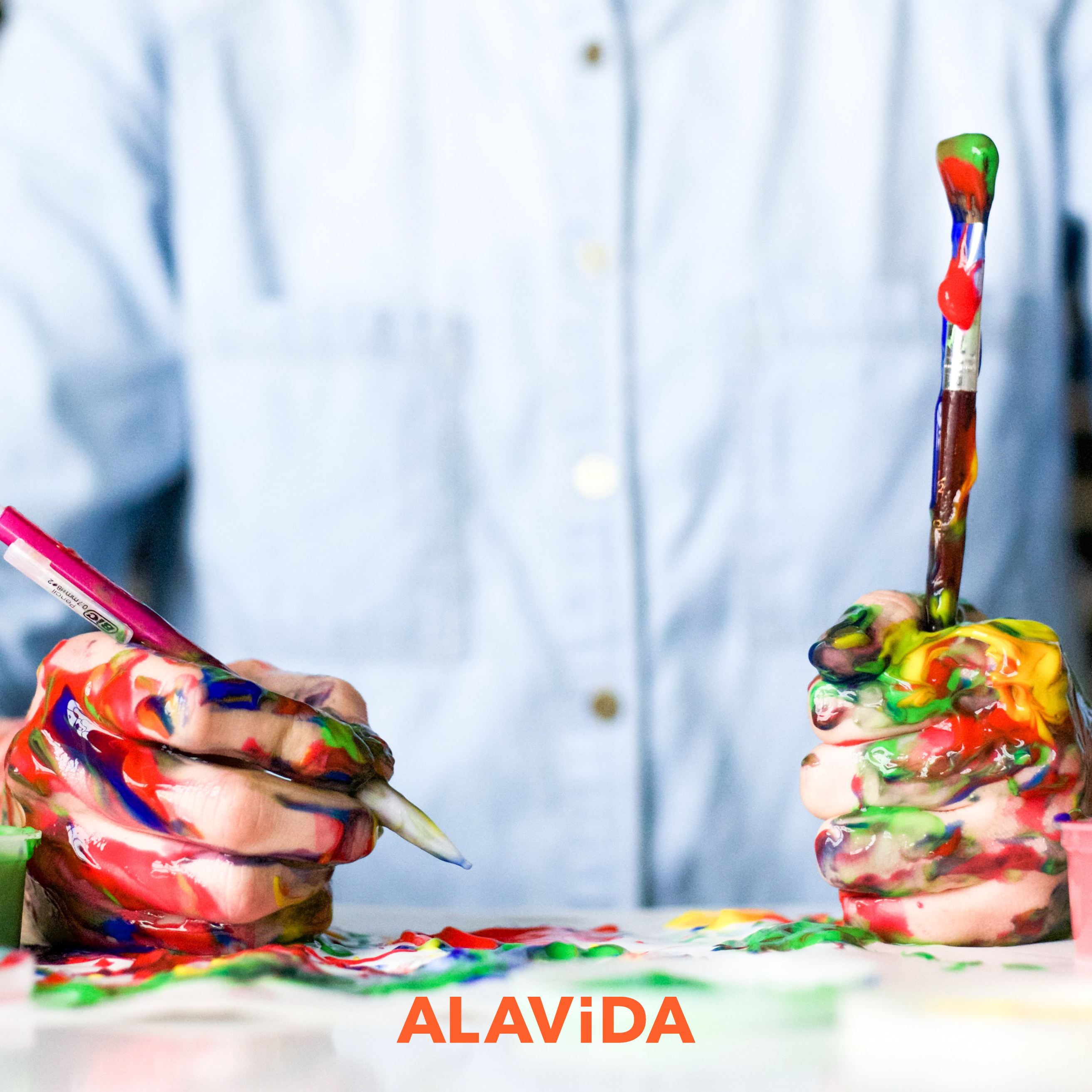Tapping Into Creativity


“The aim of art is to represent not the outward appearance of things, but their inward significance.”
–Aristotle
Every person engages in recovery in their own way and those who have addiction can experience alexithymia, a condition in which they have difficulty identifying and describing feelings. Creativity allows people who can’t articulate their thoughts or emotions an avenue to express themselves more easily.
Substance use can make it difficult to experience simple joys
Substance use can interfere with our ability to feel joy naturally if we tend to turn to a substance to lift our mood or spirits. When changing behaviours around substances, it takes time to rebuild the ability to naturally release feelings of happiness, joy, and a sense of purpose through other, more common activities. Addiction has been shown to limit creativity, but intentionally incorporating creative activities can play an important role in recovering from substance use.

Creativity has no boundaries, and you are the one who determines whether something you create is a masterpiece. Encompassing your creativity allows you to explore the unique deep feelings, sensations, thoughts, and emotions we all have. Engaging in a creative activity can help us strengthen our emotional muscles; a type of resilience that acts as an inner glue that holds us together when we start to unravel. The aim is to open up a channel to a deeper part of ourselves that we have become disconnected from. Creative expression canenhance recovery and invite joy into our lives.
Incorporating creativity is healing in many ways
Here are a few examples of what creativity can do for us:
- It creates a pathway through shame. Continued substance use can cause us to carry a great deal of guilt and shame that might be difficult to put into words. As we begin to be more creative we learn to understand, trust, and respect our inner self, which in turn enables us to better express ourselves.
- It opens up a new way to connect and regulate our emotions. Emotion regulation is the ability to manage and respond to an emotional experience effectively. It is essential for healthy relationships, and to build healthy coping mechanisms. Music can be cathartic, it can help us to connect to both positive and negative emotions in a harmless way. Listening to music separates us from any real threat or danger, and allows us to acknowledge and sit with the emotion in a safe way.
- It is an alternative to talk therapy. Studies have shown that writing about our experience is another way that we can release intense emotions and feelings, especially if we included gratitude statements into our writing. Expressing gratitude can reduce stress, increase optimism, and change structures in your brain to focus on the positives instead of the negatives in life.
- Creativity makes us happier. Playfulness is amongst one of the things we don’t typically associate with helping to make a change, but it has many benefits that can help reduce stress, help to build trust, and it can increase our energy, which helps to prevent burnout. Engaging in play can help with problem-solving and put us into a “growth mindset”; where we start to gain skills that allow us to be more innovative and therefore find a new perspective to solve existing problems. Emotions can be a trigger to drink, and having more positive feelings can reduce the use of substances to cope.
Incorporating more creative activities not only helps with substance use recovery but also with other aspects of life, including work, focus, and overall expression. Remember, we do not all need to be artists to be creative. Sometimes all it takes is you, a pen and a blank page.
Access the ALAViDA TRAiL app.

Jennifer is a counsellor at ALAViDA. She has a Master’s Degree in Counselling with a specialization in couples and family counselling. She has worked in the addiction field in both Canada and the United States with a focus on opiate and alcohol treatment.